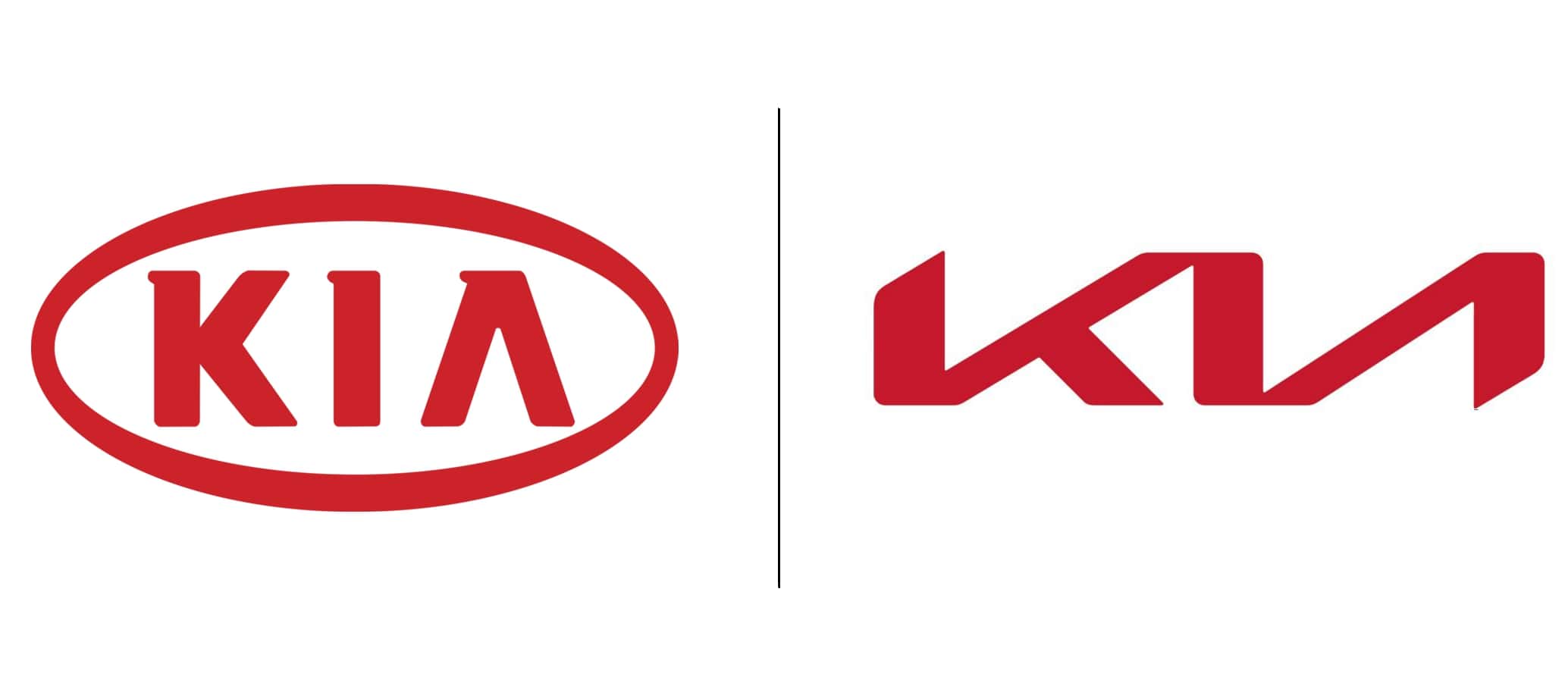In today’s ever-evolving business landscape, new brands are consistently emerging, each striving for attention and allegiance. Forging a memorable brand identity and consistently revitalising your brand image is not only vital, but it also demonstrates your dedication to your visual brand and creative direction. A robust brand often necessitates periodic rebranding efforts – whether it’s a subtle brand refresh or a complete overhaul involving elements like logos, colour palettes, icons, and brand identity.
Effectively managing your brand entails conducting regular brand audits to gauge audience perception of your messaging and visual elements. This valuable insight lays the foundation for a meticulously crafted rebranding strategy. Successful rebrands are driven by audience feedback, meticulous brand kits, and an ongoing endeavour to expand reach and awareness.
Rebranding vs. Brand Refresh: Grasping the Distinction
Rebranding is a multi-faceted undertaking. It can encompass a complete transformation of your brand identity, involving updated logos, taglines, colour schemes, typography, imagery, and all visual assets. In contrast, a brand refresh involves a lighter update, focusing on elements such as the logo, typography, voice, and style. The rebranding approach can serve a multitude of purposes, including targeting a new audience, merging brands, expanding services, resolving issues, modernising, and amplifying awareness.
Why Do Companies Opt for Rebranding? Exploring the Motivations
Rebranding is often a strategic response to various scenarios:
- Streamlining Services and Mergers: When companies merge or streamline their services, rebranding can help convey the changes clearly.
- Addressing Brand Challenges: A tarnished brand image demands remedial action.
- Refreshing Offerings: Rebranding presents an opportune moment to introduce new services or products, as well as modernise existing ones – like Kia’s recent rebrand:

- Evolving Visual Elements: Updating brand colours, fonts, and graphics helps brands stay current and resonate with evolving design trends.
- Enhancing Brand Messaging: As companies expand, disparate content creation can lead to inconsistent brand messaging. Rebranding provides an opportunity to declutter and establish consistent brand management tools.
When Should Rebranding Be Considered?
Conducting regular brand assessments allows you to gauge sentiment and awareness. Leverage social listening, PR insights, and customer feedback to identify areas for improvement. Rebranding becomes essential when your brand image adversely impacts growth.
Factors to Ponder Before Embarking on a Rebrand
- Relevance of Brand Story: Assess if your brand story resonates with your audience and remains meaningful. Patagonia’s mission-driven narrative serves as an exemplary case.
- Impact on Brand Equity: Understand how rebranding affects brand equity and whether it aligns with your brand’s essence.
- Partial vs. Comprehensive Rebrand: Determine if a partial rebrand suffices or if a complete overhaul is imperative based on your goals.
The Rebranding Process
- Identifying the Target Audience: Pinpoint your new target demographic and build buyer personas to guide your rebrand.
- Defining an Updated Story and Vision: Develop a compelling narrative that reflects your brand’s evolution and resonates with your audience.
- Establishing Visual Elements: Create new brand logos, colours, fonts, and graphics while ensuring consistency with your brand style guide.
- Rethinking Brand Name and Tagline: Analyse the impact of a new brand name and tagline, considering the uniqueness and cross-cultural implications.
- Launching Your New Brand: Execute a comprehensive content plan to promote your rebrand across various channels, combining organic and paid efforts.
- Measuring Brand Impact: Utilise brand management tools and social analysis to track brand awareness, sentiment, and reach post-rebrand.
- Strengthening and Scaling: Rebranding is an ongoing effort; empower your team to create consistent, on-brand content.
Navigating the Rebranding Odyssey
In the rapidly evolving business realm, rebranding emerges as a potent tool for growth and transformation. By approaching rebranding strategically, you can reshape perceptions, engage audiences, and amplify your brand’s impact. Ready to embark on the rebranding journey? Harness the potential of rebranding with ipulse to unlock new avenues of brand success.





